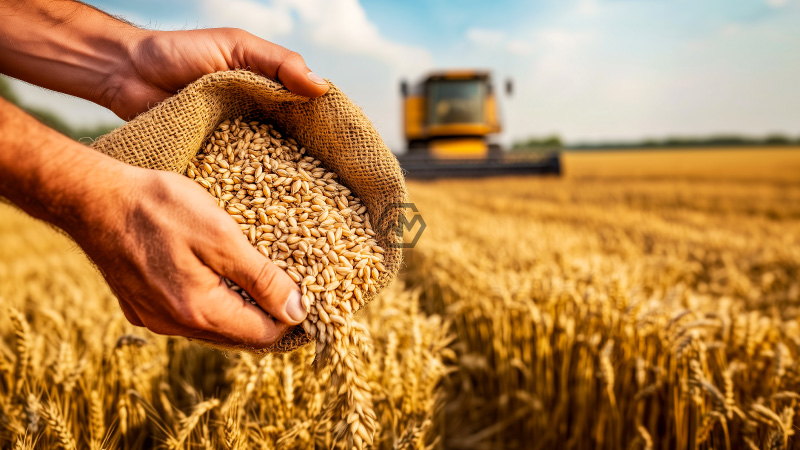- Canada’s public wheat breeding model delivers exceptional economic returns.
- Yield improvements match nations with far greater investment, like Australia.
- New research shows a 59:1 benefit-to-cost ratio from varietal development.
Canada’s wheat breeding program, largely led by public institutions such as the University of Saskatchewan and Agriculture Canada, has proven to be an economic powerhouse.
Unlike Australia, where semi-private entities like Australian Grain Technologies (AGT) drive much of the research—often with government and farmer involvement—Canada has primarily maintained a publicly funded model.
How Canada Quietly Became a Global Leader in Wheat Genetics
Canada’s varietal development strategy is rooted in decades of collaboration between researchers, farmers, and policymakers. The public system has allowed for long-term focus on sustainable yields and regional adaptability, critical for prairie agriculture. This consistency has ensured that new wheat varieties are not only high-yielding but also disease-resistant and climate-resilient.
Dr. Richard Gray, a leading grain policy expert, emphasized that Australia’s model—despite higher investment levels—has not outpaced Canada’s results. This underscores the strength of Canada’s breeding infrastructure, which continues to deliver top-tier outcomes without heavy private funding. Brazil may be the only nation currently surpassing Canada in terms of rate of genetic gain.
The latest research, led by Dr. Lampros Maros, reveals that one-quarter of yield improvements from 1970 to 2019 stem from varietal advancements. The 59-to-1 return on investment stands out in agricultural economics, providing clear justification for further public and producer-backed funding. These figures suggest that wheat breeding isn’t just good science—it’s sound economics.
While the current system is efficient, the discussion around increased farmer contributions via levies or royalties is gaining traction. Such funding could support new technologies like genomic selection or CRISPR-based editing. The challenge lies in ensuring transparency and fair distribution of royalties, so trust remains intact among producers and researchers.
Canada’s wheat breeding program stands as a global example of how innovation, even with modest funding, can yield transformative economic and agricultural outcomes.
“Innovation distinguishes between a leader and a follower.” — Steve Jobs



